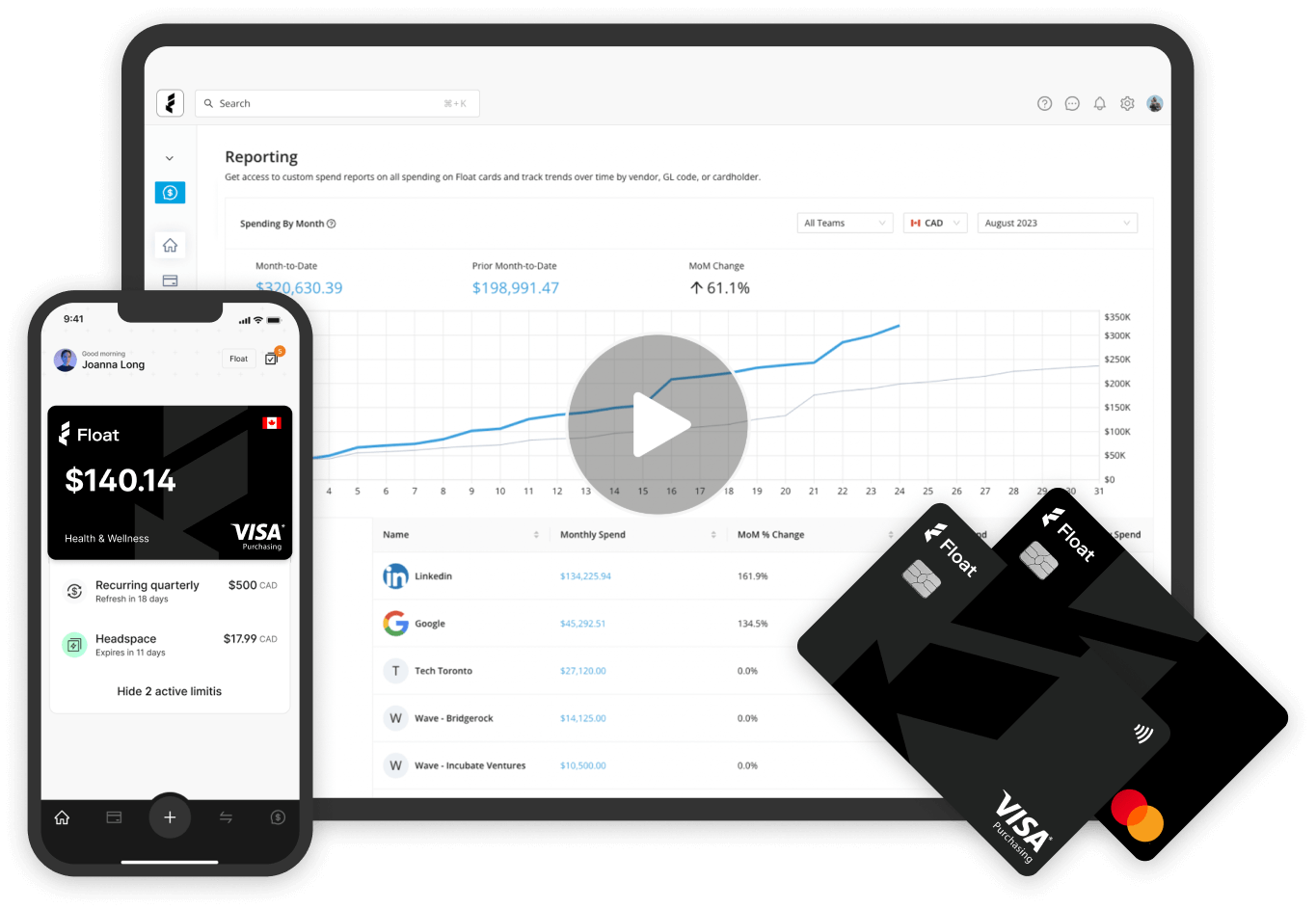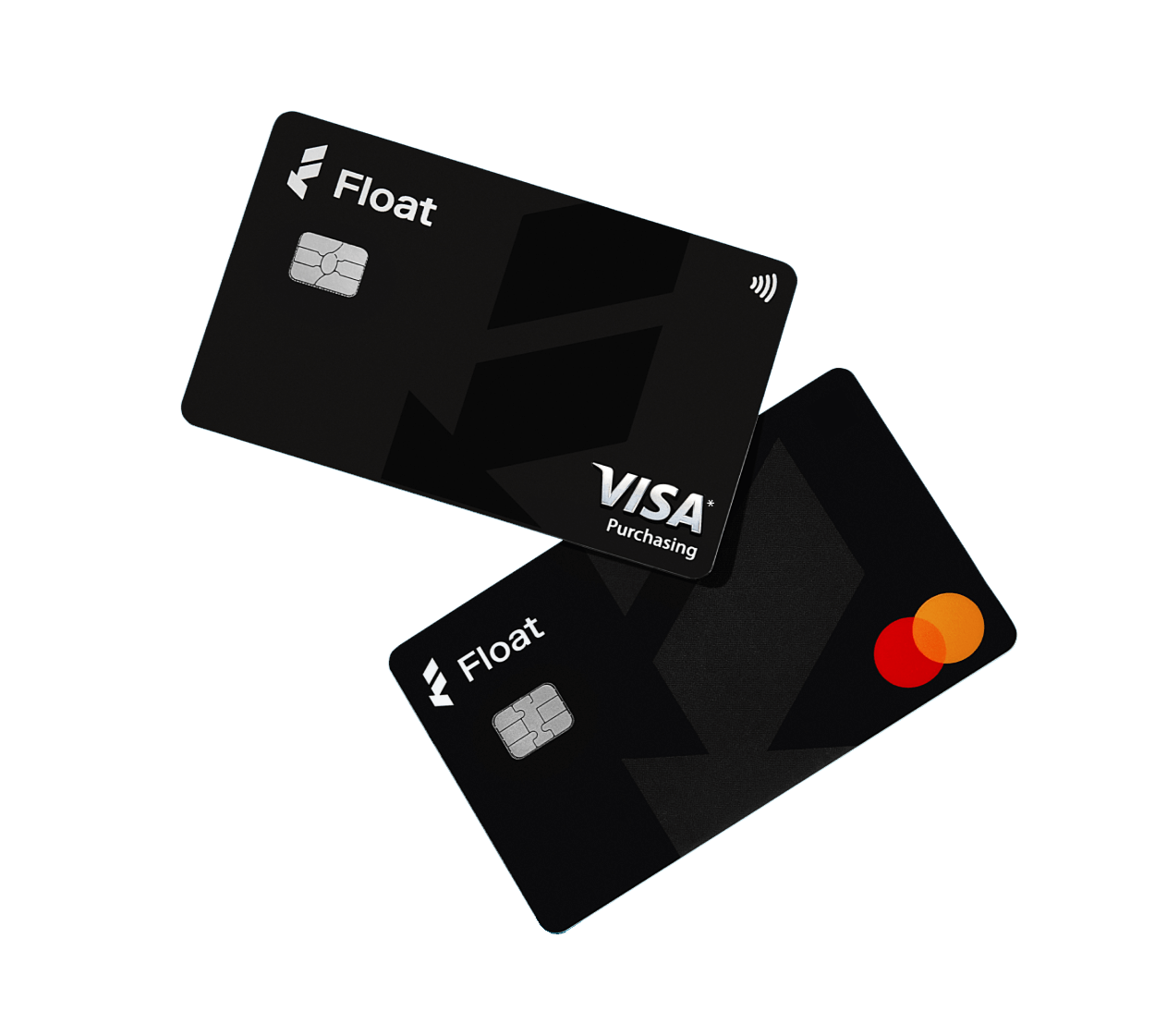Expense Management
Best Expense Management Software for Canadian Businesses
Explore key features of the best expense management software options for Canadian companies, and find out how to determine which tool is right for you.
March 28, 2025
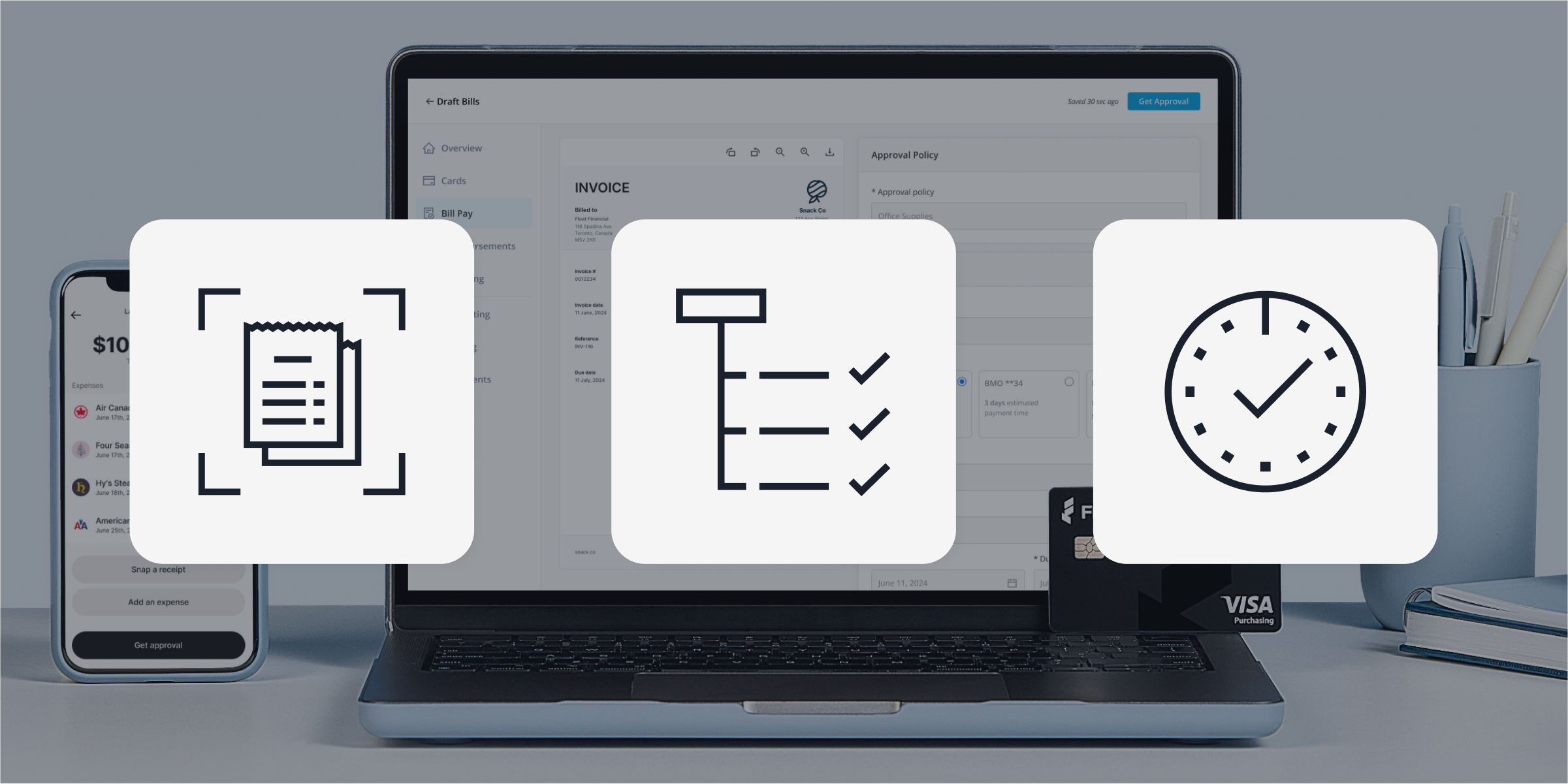
Trying to keep a handle on company spending without the right tools? It may be time to explore the best expense management software to help your team spend smarter without increasing your administrative workload.
And if you’re operating on an outdated system that isn’t helping you, now is the time to upgrade. Throughout the rest of 2025, Canadian businesses are likely operating in an uncertain state. Inflation, rising supplier costs and tighter margins are forcing business owners to keep a closer eye on spending.
To complicate matters, 55% of business owners struggle with financial tools that don’t integrate well, leaving them to scramble for receipts and vulnerable to overspending.
The right software helps you budget better, spot savings sooner and respond faster to financial pressures. So, let’s walk through what you should know about expense management solutions, how to compare the options on the market today and best practices for success.
What is expense management software?
Expense management software helps businesses stay on top of spending. It simplifies how teams track, record and review expenses, but today’s platforms go far beyond the basics.
Modern tools automate administrative tasks like receipt collection and report generation, enforce company expense policies, speed up reimbursements and provide real-time insights into where money is going. For finance teams, this means fewer errors and more reliable data. Plus, it provides a faster and smoother way for employees to handle expenses and receive timely reimbursements.
Expense management vs. expense tracking
While the terms are often used interchangeably, there’s a big difference between tracking expenses and truly managing them.
| Expense tracking Expense tracking typically involves recording spending after it happens, often using spreadsheets, accounting software, or basic apps to reconcile reports and receipts. While this approach covers the essentials, it may not provide the controls needed to prevent overspending or streamline the overall process. | Expense management Expense management is proactive. It puts systems in place to guide, control and automate spending before it happens. The best expense management software uses approval flows, spending limits, policy enforcement and real-time data to keep things in check.For businesses that want to move faster, stay compliant and spend smarter, expense management software is a clear step up. |
Expense management software vs. expense tracking: What does my business need?
Every business tracks expenses. This helps you navigate tax time, whether you’re reviewing a spreadsheet or a shoebox of receipts. (Finance folks still pale at the sight of any shoebox, but we digress.) Even when it’s accurate, it’s reactive. You’re looking back at what’s already happened.
Expense management flips that around. It’s about setting the rules, automating the process and getting visibility before money goes out the door. Budgets, approvals, restrictions and policy enforcement are all built in.
You’ll likely notice a tipping point when you’re tired of overspending surprises, approval delays or hefty manual admin. Expense management helps businesses of any size, not just the big guys.
Use case study: BenchSci
BenchSci, a fast-growing Canadian AI company, was feeling the pain of outdated expense workflows as it doubled in size. Manual spreadsheets, receipt chasing and slow reimbursements were eating up time and delaying finance operations. “Without Float, we’d be in the position of needing to expand our team,” says senior accountant Bonnie Kershaw.
Switching to Float enabled the team to automate expense management and issue corporate cards, eliminating bottlenecks and reclaiming over 40 hours per month. “We wanted to alleviate the pressure of employees having to pay with their own funds and waiting for reimbursement,” Bonnie explains.
Float also supported BenchSci’s culture of freedom and responsibility, empowering employees while keeping spend within policy.
Types of business expenses to manage
From fixed to flexible and direct to indirect, every business has expenses that love to sneak up on you. That’s why you need expense management software that does the heavy lifting. The right platform should track it all, enforce your policies and free up your time.
Here are key expenses you don’t want to overlook:
- Operating costs: The keep-the-lights-on costs like salaries, utilities, insurance, maintenance and subscriptions can add up fast. You need a system that gives you real-time visibility to avoid overspending on your overhead.
- Employee reimbursements: In most businesses, there are moments that pop up where employees are spending money out of their own pocket and then requesting reimbursement. Your system should make managing reimbursements easy for your finance team and beyond. The right system also lets you catch the receipt, apply your spending rules and keep expectations crystal clear. No more chasing paper trails.
- Travel expenses: This includes flights, meals, accommodations, gas, parking and more. Do you track and reimburse individual receipts? If receipts are piling up faster than frequent flyer miles, it’s time to let your software take the wheel.
- Petty cash: Whether you’re buying postage or pastries with cash, small costs add up and need to be recorded. Swap the cash chaos for prepaid cards with better tracking and give your team peace of mind.
- Corporate card expenses: Company-issued credit cards are a great way to track employee expenses. However, smart corporate cards with built-in limits and auto-approvals are your finance team’s best friend. They’ll help you scale without losing control or sanity.
Compare top expense management software solutions for Canadian companies
Let’s look at how these stack up side-by-side in this expense management software comparison chart.
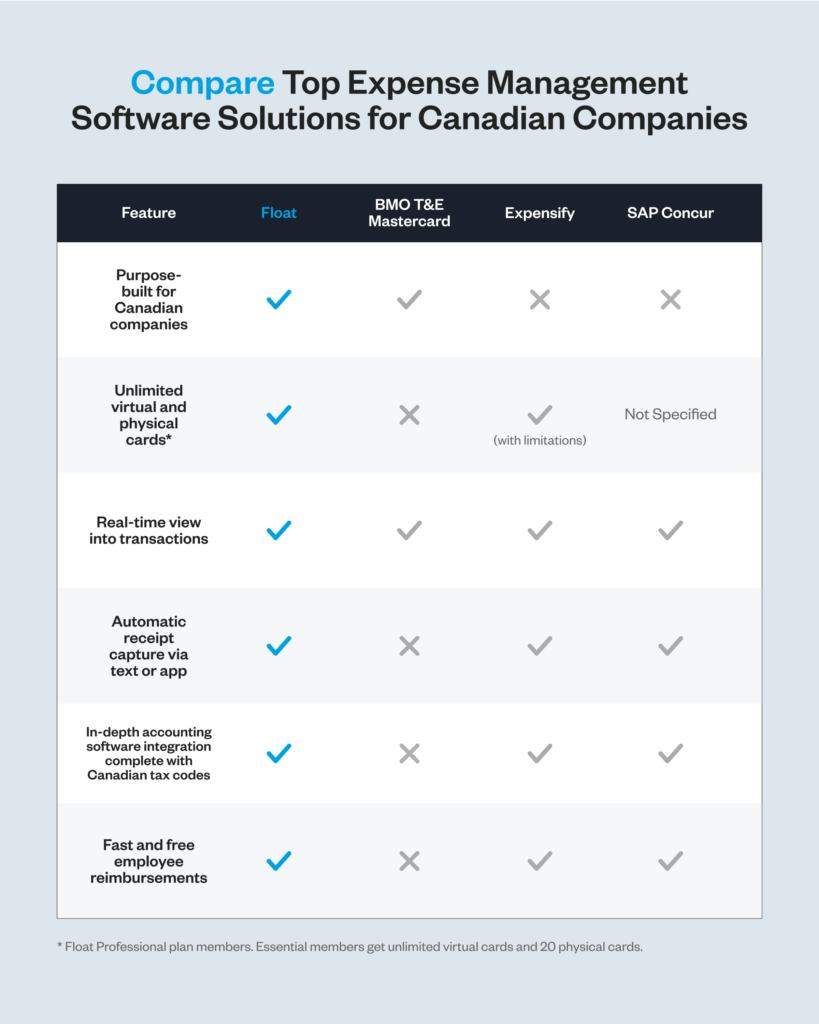
*Float Professional plan members. Essential members get unlimited virtual cards and 20 physical cards.
5 tips for choosing the right expense management solution
Not sure where to start? Here are five key factors to consider when choosing the best expense management software for small businesses in Canada.
1. Know what you really need: tracking or management?
Basic tracking tools might suffice if you’re just logging expenses after the fact. But you’ll need full-fledged corporate credit card expense management software if you want proactive control, like setting spending limits, enforcing policies and managing approvals.
2. Look for automation that actually saves time
Choose a tool that doesn’t just look good on paper. The right platform should reduce manual work (think auto-coding transactions, syncing with your accounting software, prompting for receipts) and reclaim hours for your team every month.
3. Make sure it grows with you
As your company scales, your spending will become more complex. Look for corporate credit card expense management software that supports multi-user controls, customizable policies and automation. This software can handle increased volume without expanding your finance team.
4. Prioritize real-time visibility and controls
Proactive spend management means you’re not waiting until month-end close to spot issues. Choose a tool that gives your team real-time access to spending data, approvals and alerts so you can course-correct instantly.
5. Consider local compatibility and support
Some global platforms aren’t built with Canadian businesses in mind. If you’re operating in Canada, make sure the software supports CAD and local tax codes and has an easy path to onboarding Canadian entities. Otherwise, you’ll be stuck filling in the gaps manually.
Best expense management software for Canadian businesses
Now that you know some of the features to look out for, you may be wondering: with so many expense management tools on the market, how do you know which fits your business best, especially if you’re operating in Canada? We’re partial to Float, but we’re happy to dive into the details on why, so you can make the best choice for your business.
Below, we break down some of the top options, what they offer and how they compare.
Float
Float is a modern expense management platform built for Canadian businesses. It streamlines finance operations by combining real-time spend tracking, unlimited virtual and physical corporate cards and accounting integrations.
With built-in approval workflows, automated receipt capture and fast reimbursements, Float makes it easy to stay in control of company spending. It’s designed to scale alongside your team without adding headcount or hassle.
BMO Travel & Entertainment MasterCard
Many of Canada’s big banks offer business credit cards, but it’s rare to find robust expense management solutions. BMO offers a traditional expense management option through its T&E corporate card program, which includes centralized billing and some reporting functionality.
However, this solution lacks modern features like receipt capture, automation or policy enforcement and doesn’t support real-time integrations or virtual cards.
Expensify
Expensify streamlines employee expense reporting, particularly for companies with reimbursement-heavy workflows. It features automatic receipt scanning, mobile submission and integrations with popular accounting tools. It also offers a corporate card, though that’s not the primary focus.
While great for basic reporting and reimbursements, Expensify may lack the advanced spend controls or real-time card management that growing teams need. Its issue resolution process is often slow and inefficient, with frequent technical glitches that disrupt workflows.
SAP Concur
Concur is a global enterprise platform offering highly customizable travel and expense solutions. It supports complex workflows, multi-currency accounting and integrations with large enterprise resource planning systems, making it a fit for enterprise-level operations.
However, many find the platform overly complex, expensive and slow to implement (or so say a ton of Reddit users in this thread), so it may not be the best expense management software for small businesses. The user experience might feel dated compared to newer, more intuitive tools.
Plooto
Plooto is an automated accounts payable (AP) and accounts receivable (AR) platform built for small and mid-sized businesses. It offers next-day payments from cash balances as well as the ability to make payments via EFT, ACH and or international wire transfer in CAD or USD. Designed with accountants and finance teams in mind, Plooto syncs with popular accounting software, keeping your data accurate and up-to-date automatically.
However, Plooto does not offer corporate credit cards. It also doesn’t pay interest on any cash balance carried in the platform. Additionally, some users find the payment processing to be slow.
A look at Float’s expense management software
Float is an expense management platform designed to provide businesses with real-time control over their finances. With corporate cards, automated approvals and seamless accounting integrations, it takes the mess (and stress) out of managing team spend.
Leverage corporate cards
Identify employees who need a corporate card and set spending limits for each cardholder—it’s that simple. Choose from physical or virtual cards with no annual fees. The best part? Receipts and categories are handled automatically, making month-end expense reporting a breeze instead of a scramble.
Reimburse with confidence
Say goodbye to your admin burden. Float’s AI-powered workflows make submitting out-of-pocket expenses feel like taking off early on Friday. Fast approvals (even for mileage) mean your team gets reimbursed quickly. You can also pair Float Cards and Reimbursements to keep all spending in one powerful expense management platform.
Pay bills faster
Let your inbox do the heavy lifting by simply forwarding invoices to Float and watching the software pull data together in seconds. Keep all bills in a centralized location and set up customized approvals. And when it’s time to pay? Float gets it done quickly and securely with EFT, ACH or wire transfer, with up to 4% interest earned on your AP balance. Our Canadian-built solution even tracks GST and HST.
Hassle-free vendor management
With Float, vendor management doesn’t have to feel like herding cats. The platform enables you to pre-approve vendor-specific cards for subscriptions with set limits so there’s no surprise spending. It also tags transactions with receipts, tax codes and vendor info automatically, making vendor payments smooth and spot-on.
Onboarding and change management support
Getting started with Float is seamless. Onboarding, training and change management are all part of the package. From easy syncing with QuickBooks, Xero or NetSuite to setting up smart expense policies and approval flows, Float helps your team spend with confidence. With hands-on support, proactive risk planning and best-practice guidance, you’ll shift gears smoothly with no bumps or detours—just full-speed adoption.
Purpose-built for Canadian businesses, Float helps you ditch the hassle and get back to what matters.
Float: The expense management software your business needs
Choosing the right expense management software comes down to finding a solution that fits the way your team spends—and grows. Whether you need advanced controls, real-time visibility, or just a better way to ditch messy spreadsheets, the best platform is one that actually takes work off your plate.
With a tool like Float in place, you can spend smarter, save time, and stay focused on what really matters: running your business.
Written by
All the resources

Expense Management
Working Capital Management Software Guide
There's a lot that goes into managing your working capital. But, like many things, the right software can help make
Read More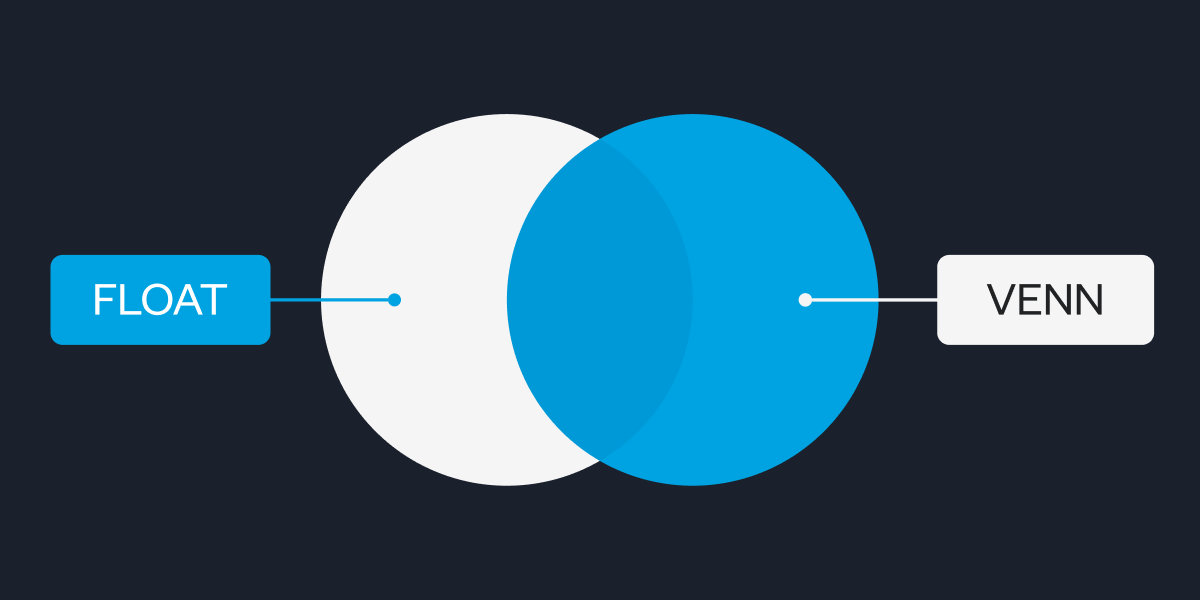
Expense Management
Float vs Venn: Which Solution Fits Your Business?
What's right for your business, Float or Venn? This article dives into the pros and cons of each, as well
Read More
Cash Flow Optimization
How to Make EFT Payments in Canada: Complete 2025 Guide
Learn how to initiate EFT Payments as a Canadian Business and innovative solutions available on the market, like Float, that
Read More



